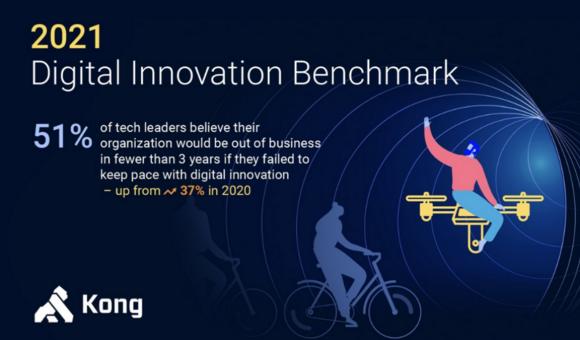PREVIOUSLY PUBLISHED TO TMC NET’S UNIFIED COMMUNICATIONS
A recent report by 451 Research details the evolution of traditional Intranet amongst corporate and enterprise organizations, as it enters the next-generation. This, as the study notes, will happen through a social intranet exchange, which will allow for streamlined collaboration, open communication and unification across cross-functional teams in the workplace environment.
Incentive, a provider social intranet for mid-market organizations and enterprise teams, has been included in this report titled, “Social Intranets and the Supply Chain,” which also discusses multiple vendor types available to the industrial and corporate markets.
Incentive has prided itself on becoming the go-to for corporations interested in achieving improved profitability, increased efficiencies and accelerated business results – all of which appeal to the millennial business.
Often times, companies do not cash in on opportunities, as they surface, due to an inability to integrate teams and keep a consistent flow of communication going so that new would initiatives are commenced. Therefore, many opportunities go untouched, while others are slowly adopted.
While many traditional intranets have served influential brands for over 15 years, it’s the newer technologies that are disrupting traditional flow of communication and collaboration in today’s corporate arena. Social Intranets are serving a purpose that previously was unattainable.
“Forty-four percent of respondents already have social elements to their intranet, and 28 percent hope to follow suit in the next two years.” This means that vendors for traditional intranets need to get with the program, fast, or they will soon become obsolete.
Falling suit with all other cloud-based technologies, social intranets foster collaboration on-the-go, in the office, and in those early morning hours when it’s difficult to sleep. Connecting professionals, securely, and with a personal approach, many of these social intranets are empowering organizations to stay in constant contact. It “taps into the power of their employees – the collective brain trust – to be better, stronger and faster than their competitors, “ according to Incentive.
Companies such as theirs, as well as Microsoft’s SharePoint and Shutterstock’s WebDam Digital Asset Management Software, provide a workspace environment that visually coordinates project workflow and strategies, links to secure storage space and includes document management. Many of these tools are only enhanced with the addition of internal blogs, file sharing, in-document collaboration, video chatting, instant messaging and a social media-type platform.
Many of these companies hold both desktop and mobile real estates to allow for convenience amongst team members. Companies like Visualsoft rely on these technologies, as they allow employees to work from home as often as they like, provided the work gets done. In retrospect, they made a great move, because their employees are happy, healthy and have improved in efficiencies – which means ultimate growth and expansion for a company.
Alan Pelz-Sharpe, research director for business applications at 451 Research and author of this most recent report, discusses the reality of social intranet. “Rather than feature-focused solutions, the business applications market is slowly but surely moving toward fully integrated solutions that encompass all the tools workers need to collaborate,” said Pelz-Sharpe.
“With many organizations looking to replace or upgrade their outdated intranets, a modern approach with features that support collaboration, communication and remote workforces will be most attractive. Ultimately, a social intranet needs to tie itself directly to measurable business process activities.”




